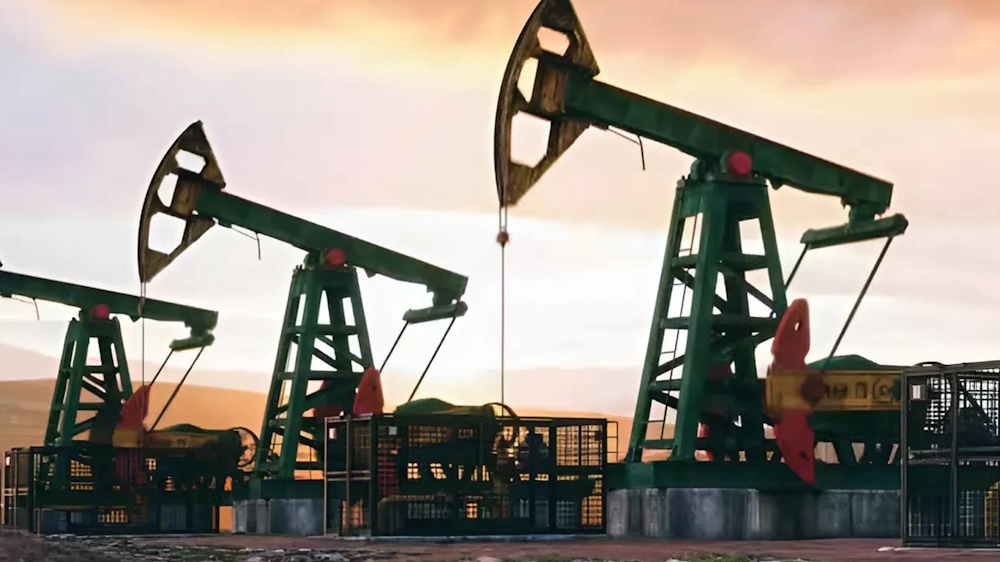
Oil reaches a five-month peak following the United States’ strikes on significant Iranian nuclear facilities. Oil prices experienced a significant increase, reaching a multi-month peak following the U.S. collaboration with Israel in military actions against Iran’s nuclear installations, thereby heightening tensions in the Middle East. Concerns are escalating regarding possible supply disruptions, especially the closure of the Strait of Hormuz, a vital chokepoint for global crude shipments. Analysts warn that the geopolitical risk premium could be temporary unless there are tangible supply disruptions.
Oil prices surged on Monday, reaching their highest levels since January, as Washington’s weekend decision to align with Israel in targeting Iran’s nuclear facilities heightened concerns over supply disruptions. Brent crude futures experienced an increase of $1.88, reflecting a 2.44% rise, reaching $78.89 per barrel as of 1122 GMT. U.S. West Texas Intermediate crude increased by $1.87, reflecting a rise of 2.53%, reaching a price of $75.71. Both contracts experienced an increase exceeding 3% earlier in the session, reaching five-month highs of $81.40 and $78.40, respectively, before relinquishing some of those gains.
The increase in prices followed statements from U.S. President Donald Trump, who claimed to have “obliterated” Iran’s primary nuclear facilities during strikes over the weekend. This action coincided with an Israeli offensive, marking a significant escalation of tensions in the Middle East, as Tehran pledged to protect itself. Iran ranks as the third-largest crude producer within OPEC.
Market participants anticipate additional price increases as concerns grow that a potential Iranian retaliation could involve the closure of the Strait of Hormuz, a critical passageway for approximately one-fifth of the world’s crude oil supply. Iran’s Press TV has reported that the Iranian parliament has approved a measure to close the strait. Historically, Iran has issued threats regarding the closure of the strait; however, it has not acted on these threats. “The risks of damage to oil infrastructure … have multiplied,” stated Sparta Commodities senior analyst June Goh.
While alternative pipeline routes exist in the region, a significant volume of crude oil will remain unexportable if access to the Strait of Hormuz is compromised. Shippers are likely to withdraw from the region, she noted. Brent has experienced an increase of 13% since the onset of the conflict on June 13, whereas WTI has seen a rise of approximately 10%. Analysts indicated that the prevailing geopolitical risk premium is improbable to endure in the absence of concrete supply disruptions. In the interim, the reduction of certain long positions amassed after a recent price surge may limit the potential for further increases in oil prices, as noted by Ole Hansen, head of commodity strategy at Saxo Bank, in a market commentary on Sunday.
